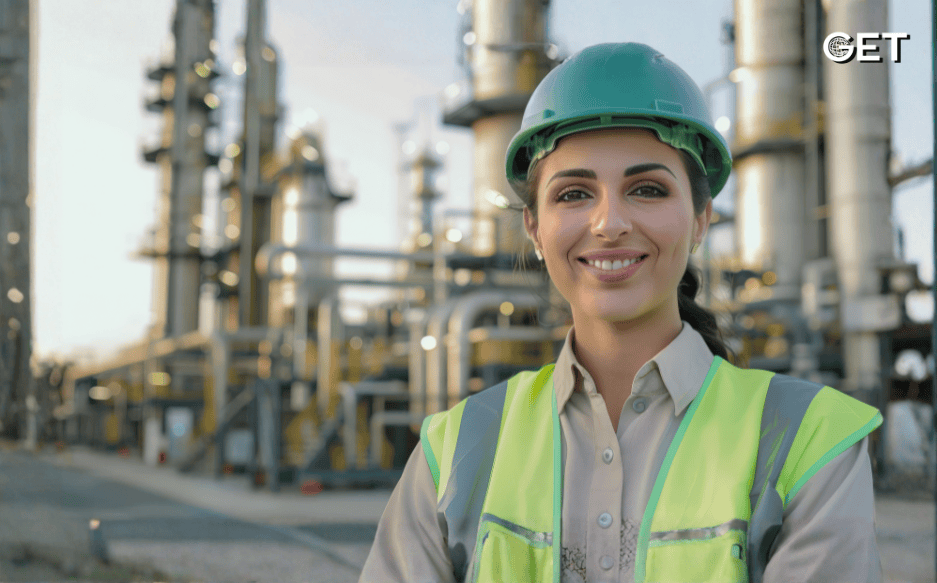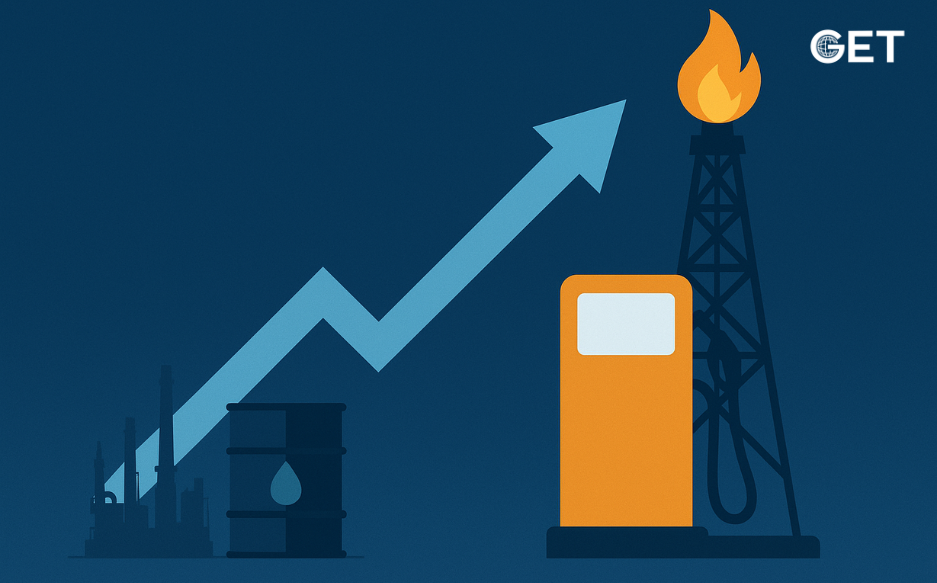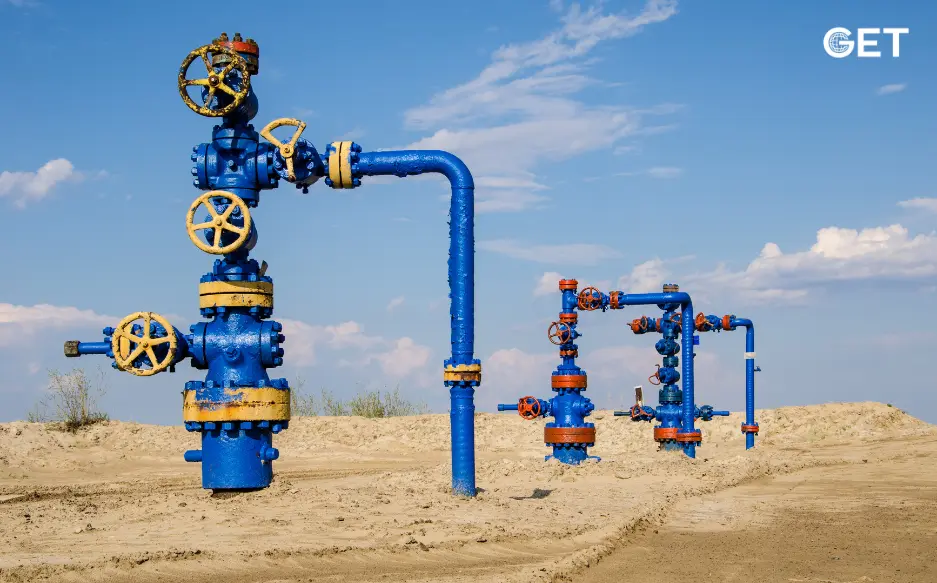
Just imagine working on a rig in the middle of the ocean or drilling through thousands of feet of the earth. That’s how serious the challenges and dangers to safety are in the upstream oil and gas industry. You’re always surrounded by danger, which is where Health, Safety, and Environmental (HSE) practices come in.
The HSE is a department upon which the entire foundation of the company is built. Taking into account the hazards which are part and parcel of working in the offshore industry, safety is extremely crucial to prevent accidents, mitigate potential risks and continue operations without hindrances. Incorporating HSE practices fosters a culture of safety, and reveals the extent of responsibility a company takes for their workforce.
Offshore operations present many challenges that can jeopardize the safety of workers. Working in a high-risk environment in extreme temperatures, remote locations, around hazardous chemicals, and under high pressure is not an easy task.
Strict safety guidelines must be followed at every step to protect workers, communities, and the environment. Without HSE practices, upstream operations would be unmanageable.
It boils down to instilling the right mindset and embedding safety into the DNA of an organization.
Every worker, from field engineers to top management, must believe that safety is a personal responsibility. This shift from compliance to culture is key to successful HSE programs.
Negligence of HSE practices results in serious health issues due to exposure to chemicals, even causing workplace injuries. It’s important to assess health risks, and incorporate chemical control programs to avoid health issues amongst the workforces.
Common challenges are the lack of support of senior management or budget constraints. Failure of HSE can come at a huge price and not only affect the life of a single employee, but damage your business eventually by impacting finances, assets, the environment, the reputation and daily operations of the company, which may be irreparable.
For example, miscommunication, fatigue, or simply human error as a result of inadequate training could result in an accident causing an explosion due to ignition of flammable gasses ultimately killing a few workers on site. This could amount to culmination of the project, employee strikes, withdrawal of stakeholders, and tarnish the reputation of the company in the market leading to complete downfall.
Poor HSE practices are far more expensive than we imagine and investing in these practices isn’t only about avoiding disasters, but building more sustainable, resilient, and efficient operations.
This shows the commitment of the organization towards safety and their responsibility towards their workforce, and increases the faith of employees, customers, regulatory authorities, and society.
Technology has helped advance HSE practices immensely today. With the introduction of advanced monitoring systems, real-time data analytics, wearable devices to track health and automation, companies are now able to identify potential risks before they become accidents. Risks such as gas leaks or structural integrity can be monitored through sensors while drones can inspect offshore rigs in tricky areas.
Increased usage of AI to predict failure of equipment or to model hazardous scenarios, allows teams to take preventative action. Another game changer for the safety training of workers is virtual reality (VR). Instead of learning in theory, workers can now walk through simulated hazardous environments, helping them build familiarity with high-risk situations without any danger and being prepared in advance.
Upstream operations impact the environment significantly, pushing environment protection as a core part of HSE’s goal towards reducing its environmental footprint and adopting sustainable practices.
Regular environmental audits, sustainable waste management practices, and adherence to emission standards also play a critical role. The handling and disposal of hazardous substances and waste are tightly controlled by environmental safety practices. For example, oil or chemical spills can cause irreparable harm to ecosystems. Strict HSE standards ensure that companies take measures to prevent such incidents, and if they do occur, to contain and clean them up without causing further accidents.
Sustainable operations in the industry can also be reinforced through implementing social responsibility programs, sustainability programs, sustainability and corporate citizenship reports, sustainability indicators, and accordingly address social responsibility to the community.
Also Read- QHSE Training Certification Course in the UAE: Vouchers to Higher Standards for a Safe Tomorrow
Ultimately, HSE practices are a way of transforming operations in the upstream oil and gas sector from being risky into highly controlled, safe environments. With the ever-evolving industry, a workforce that lives and breathes safety will only enhance the role of HSE, leading the way to a safer future.

By Get global | December 23, 2025
Introduction to the Oil and Gas Industry When individuals think of the “oil and gas industry,” the most common associations would probably be drilling rigs, offshore platforms, or harsh working conditions. And to some extent, these are indeed the case. But in the end, the industry is still much larger […]

By Get global | December 17, 2025
As the oil and gas industry moves toward 2026, the pressure is no longer coming from one direction. Markets remain volatile. Regulations are tightening. Digital expectations are rising. At the same time, demand for reliable energy has not disappeared. What has changed is how companies respond to this complexity. Many […]

By Get global | December 11, 2025

By Get global | December 5, 2025
Turkey’s ambitions in the energy sector have taken a significant step forward as Turkish Petroleum (TPAO) ramps up drilling at its latest Black Sea discovery. The find is considered one of the most promising additions to the region’s portfolio, reshaping the conversation around Turkish gas exploration, self-sufficiency, and the future […]

By Get global | November 27, 2025
The upstream oil and gas industry is thrilling, quick-moving, and rich with opportunities—but let’s face it, it also has a lot of technical language. If you are a newcomer to the industry, changing jobs, or just wanting to enhance your knowledge about the industry, mastering the right terms can facilitate […]